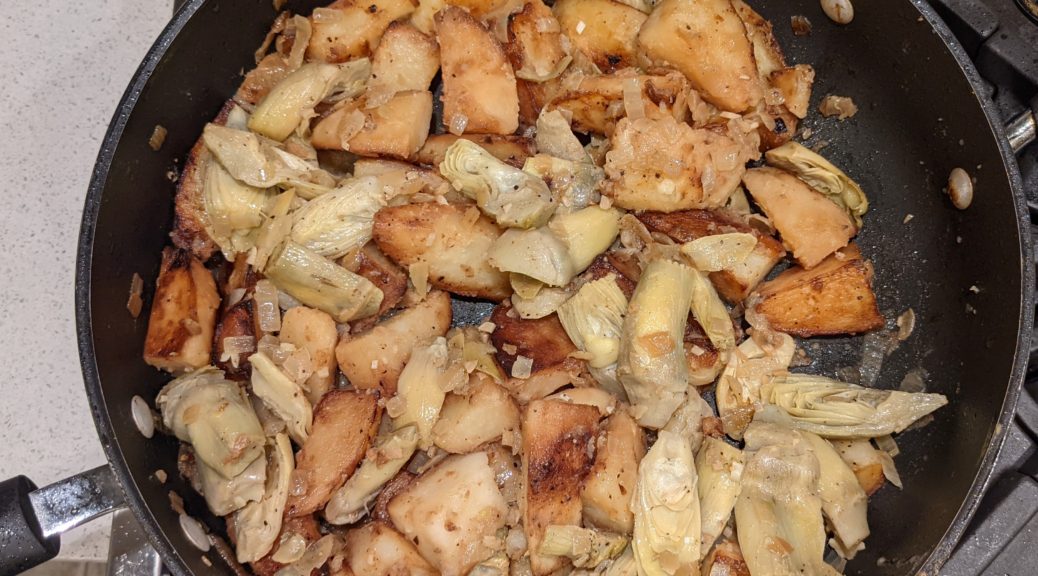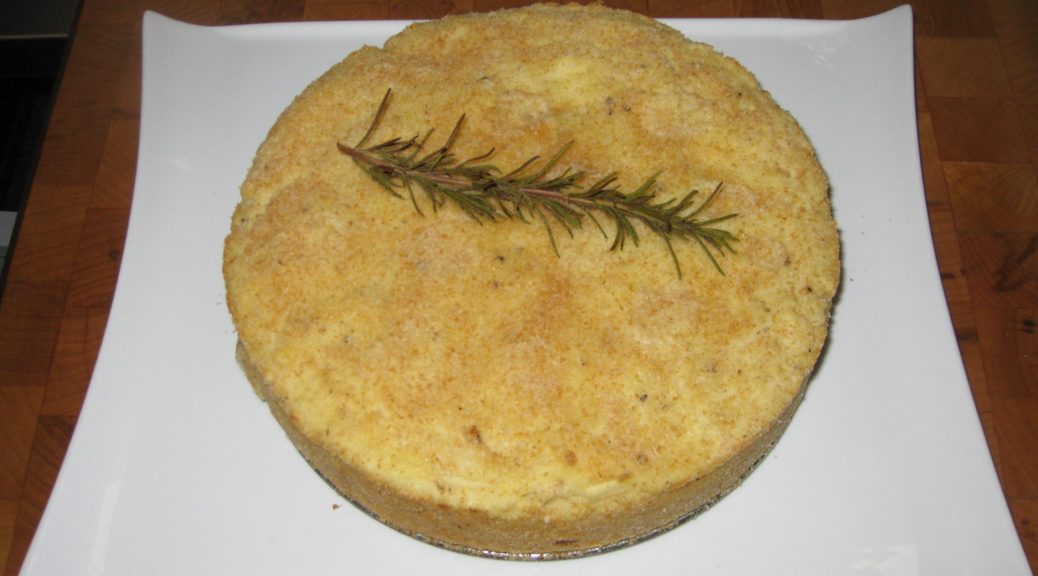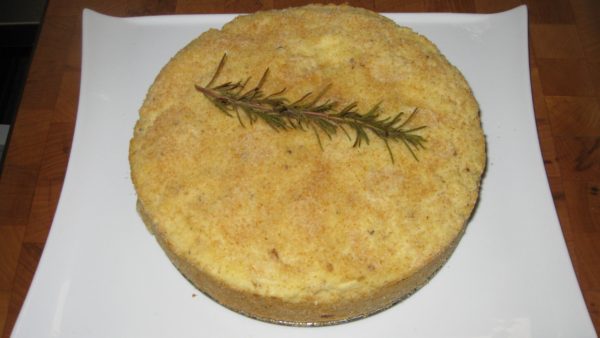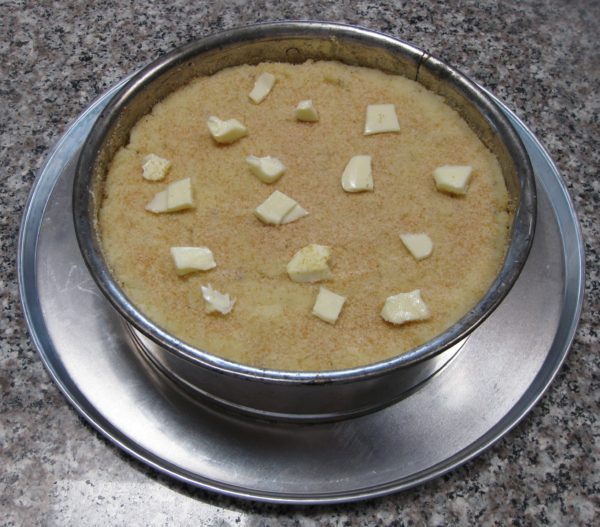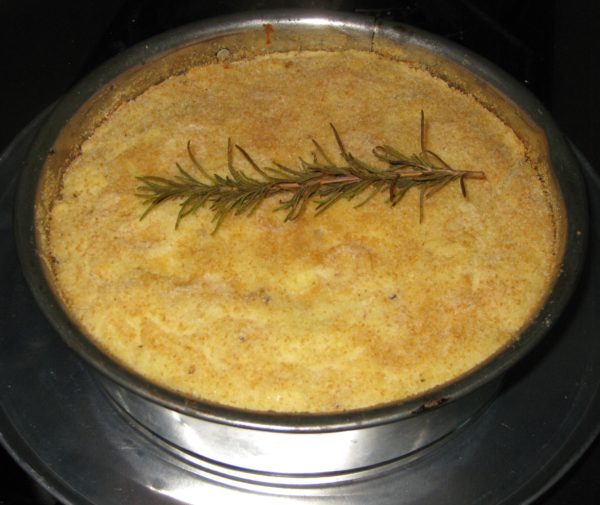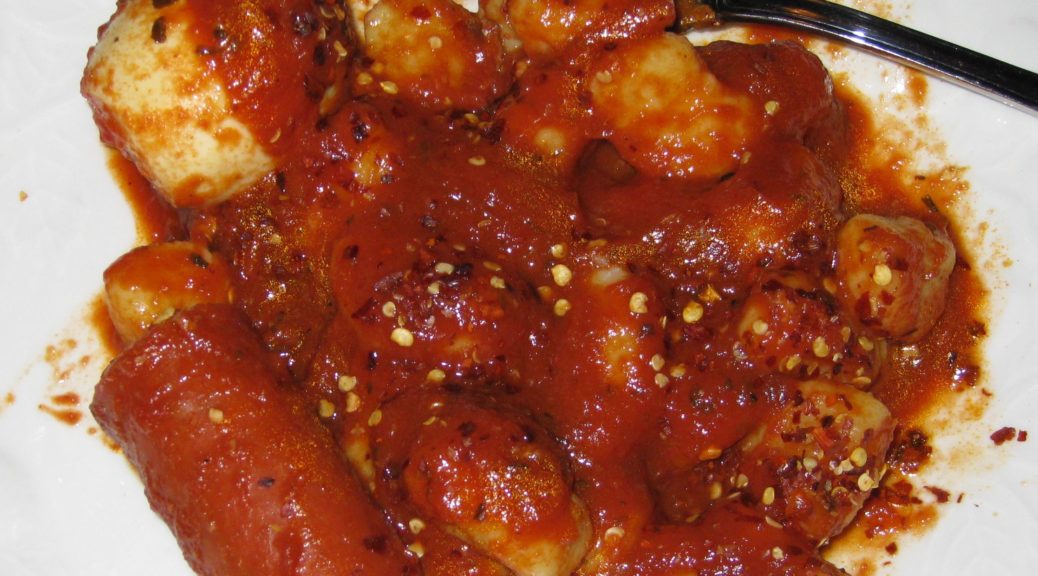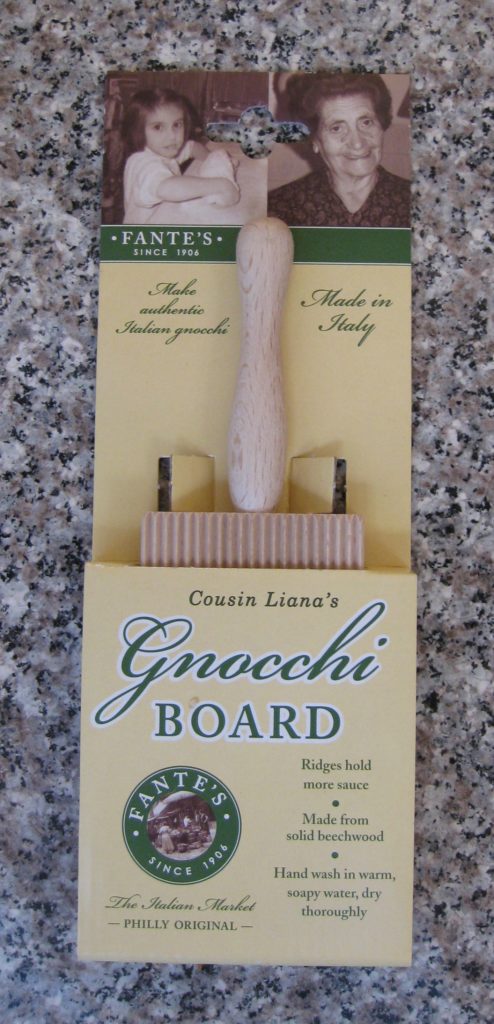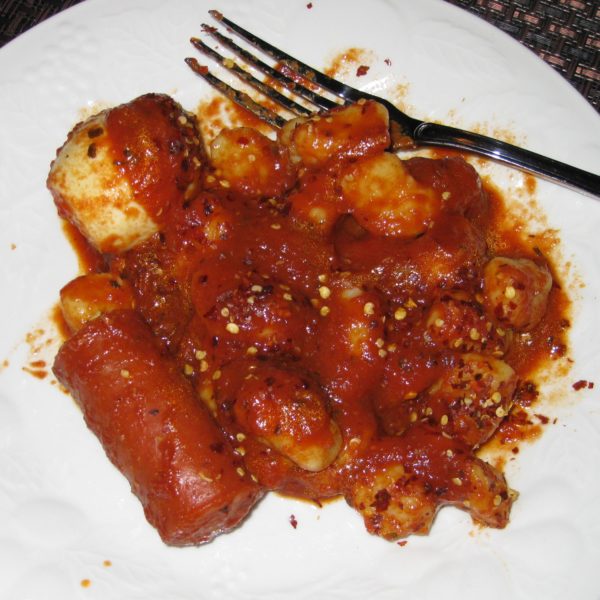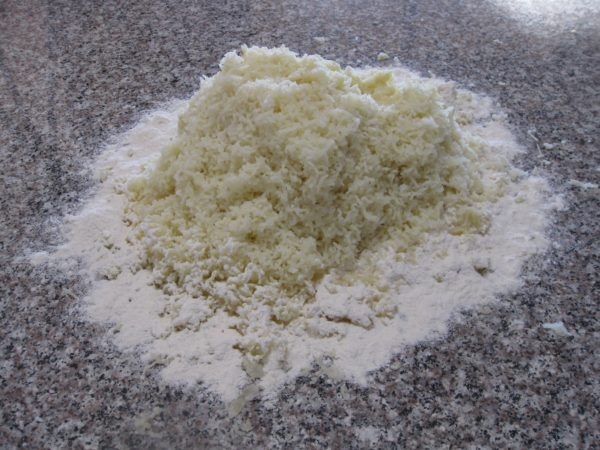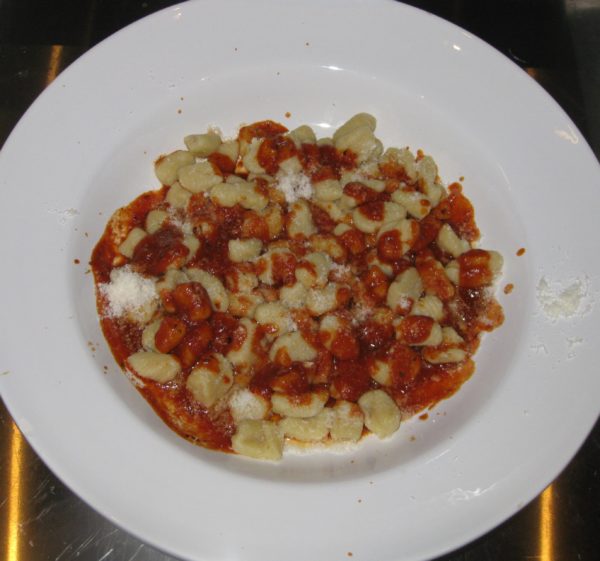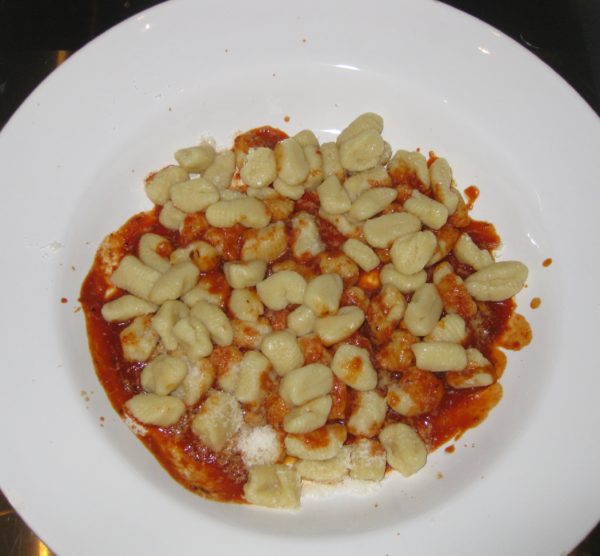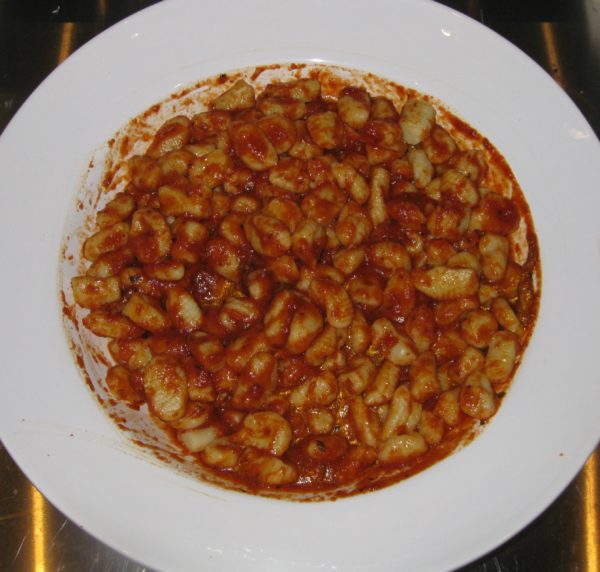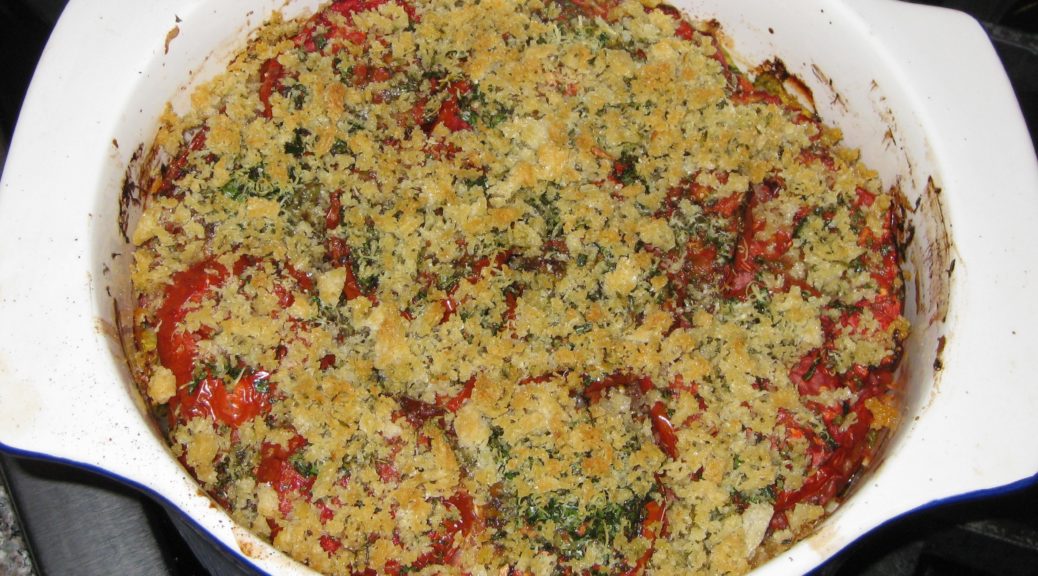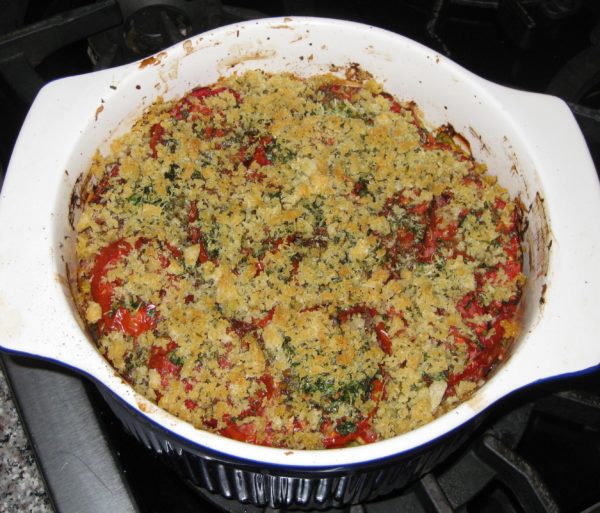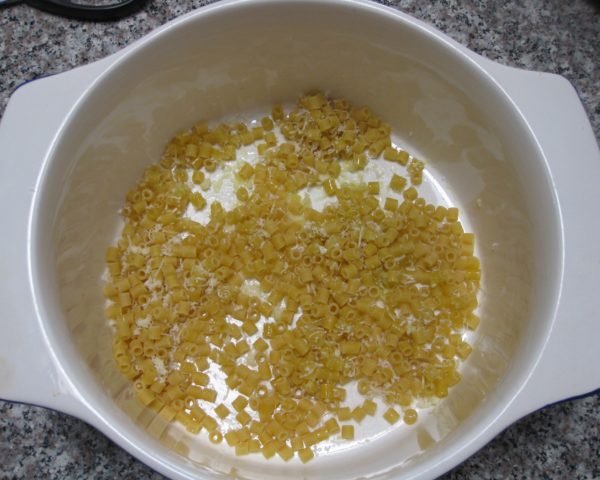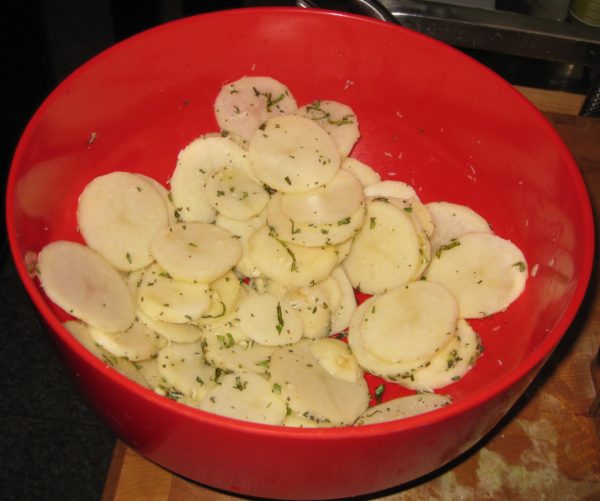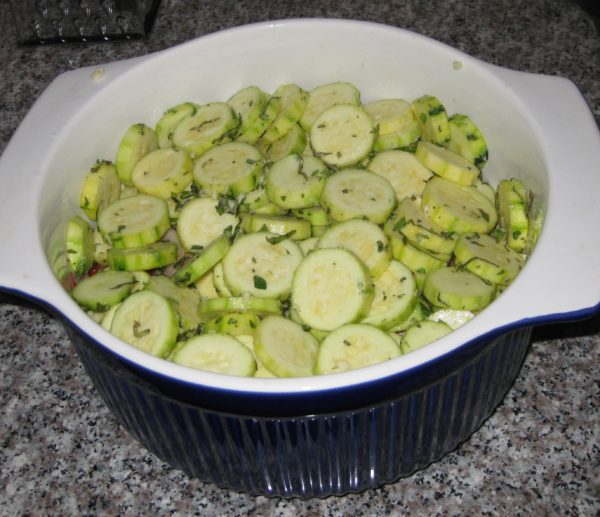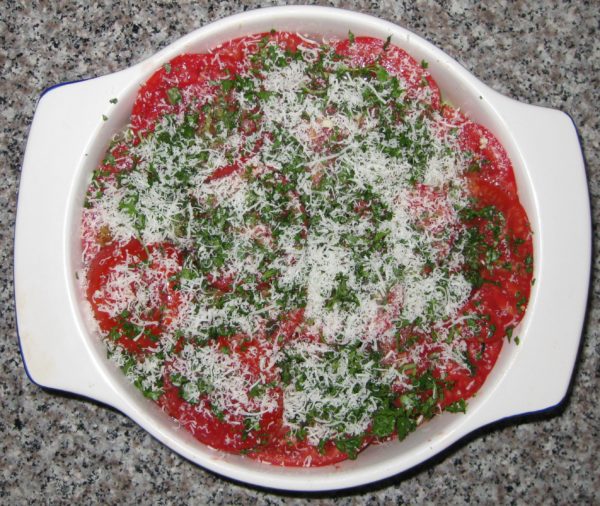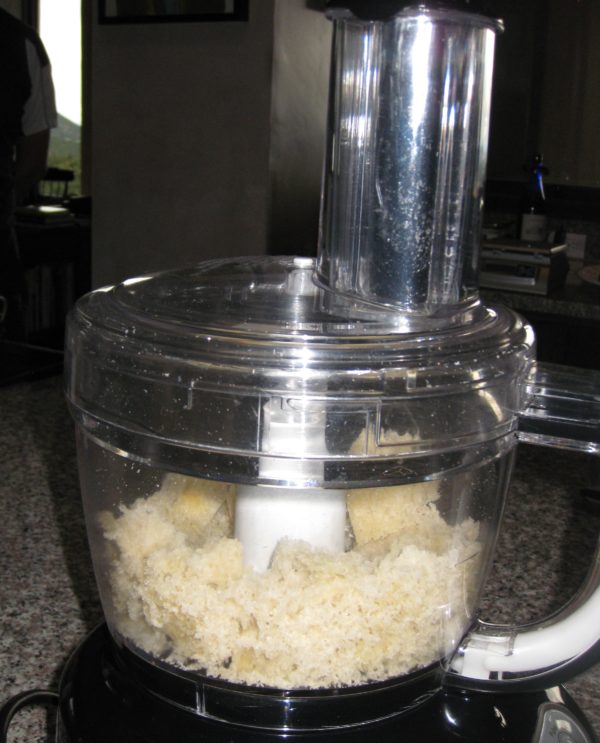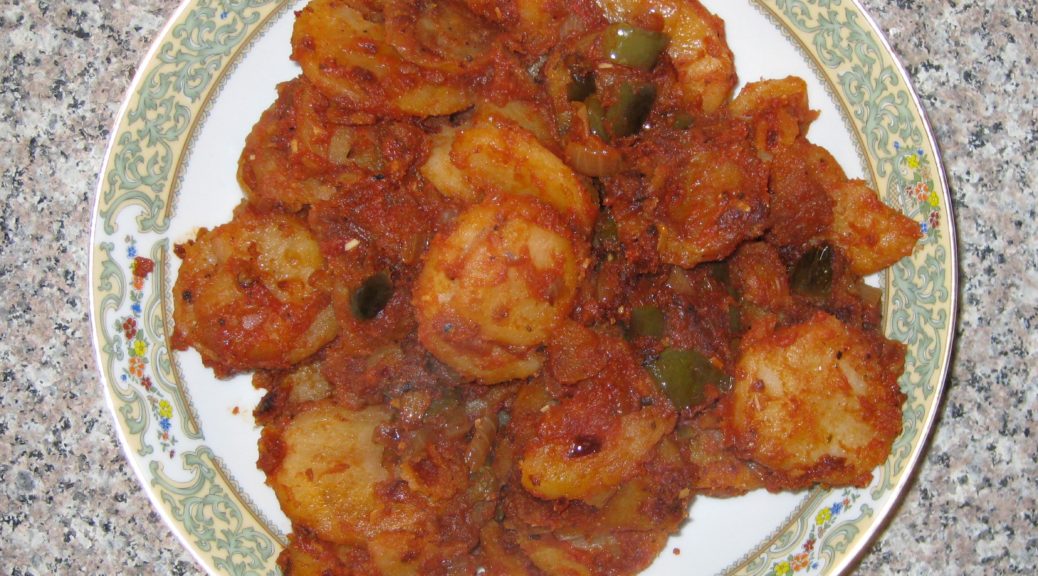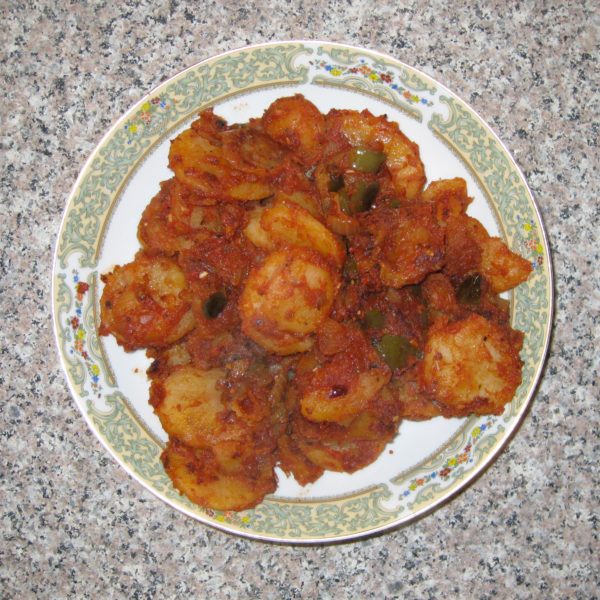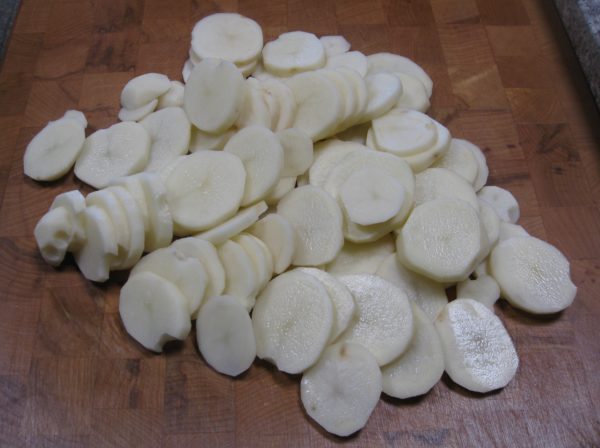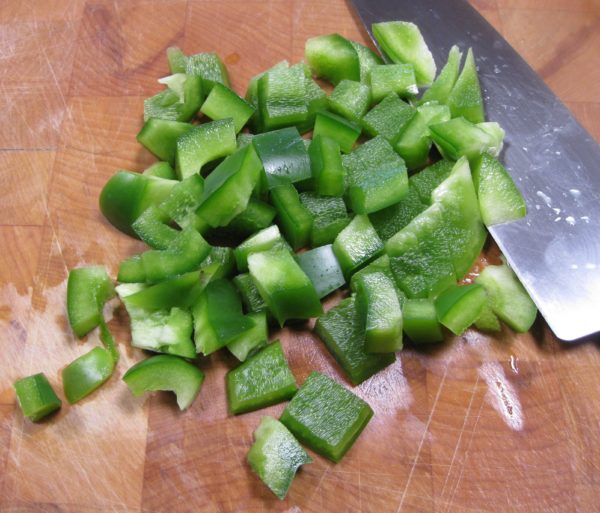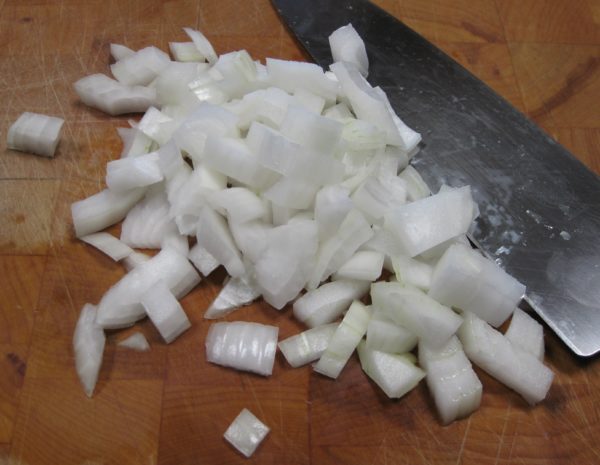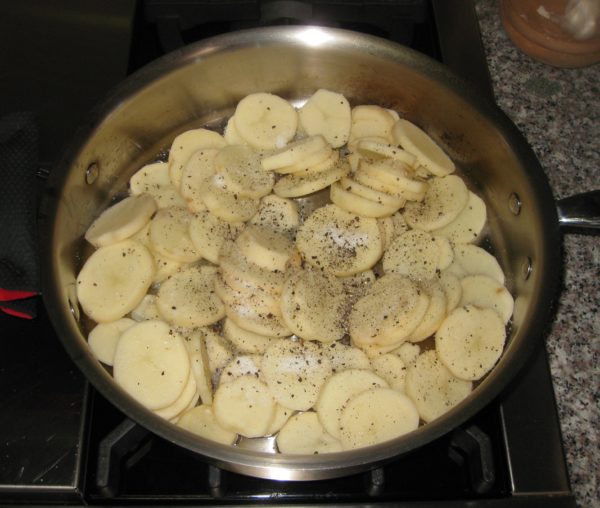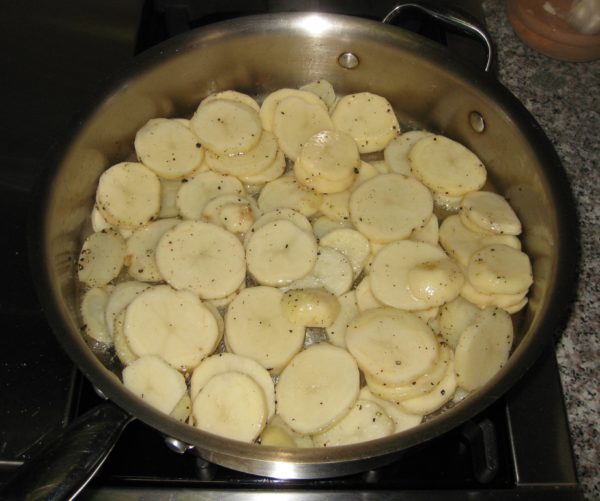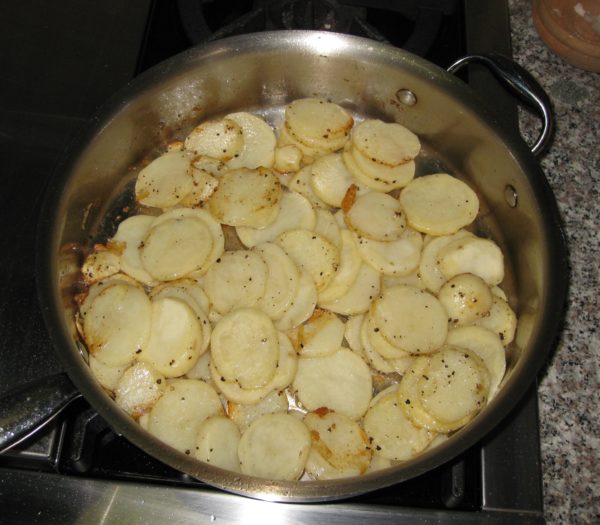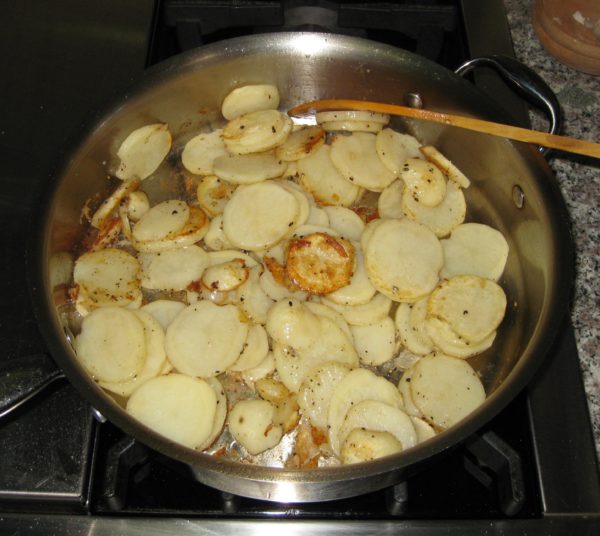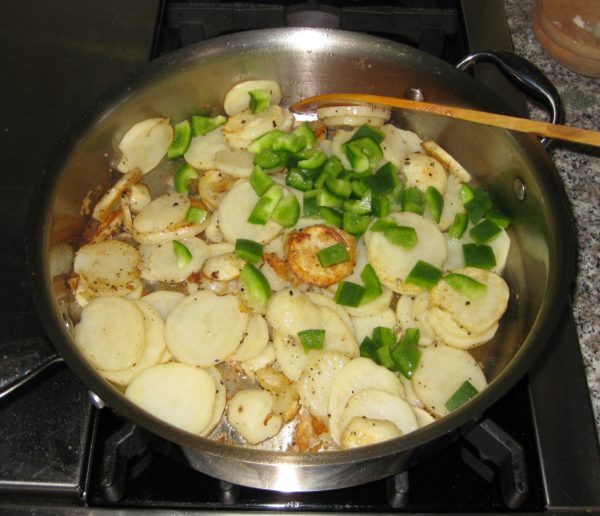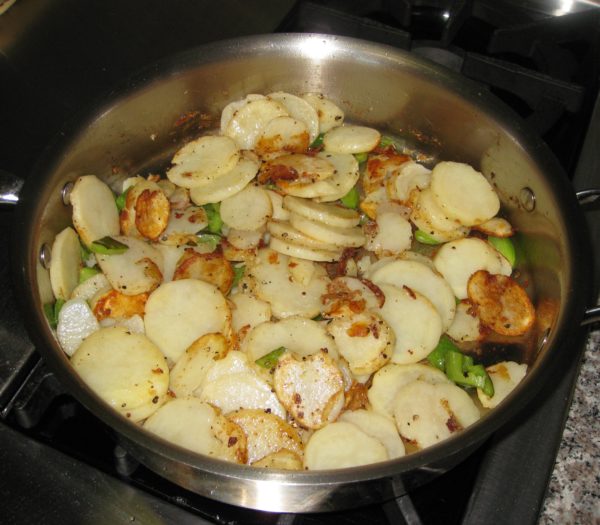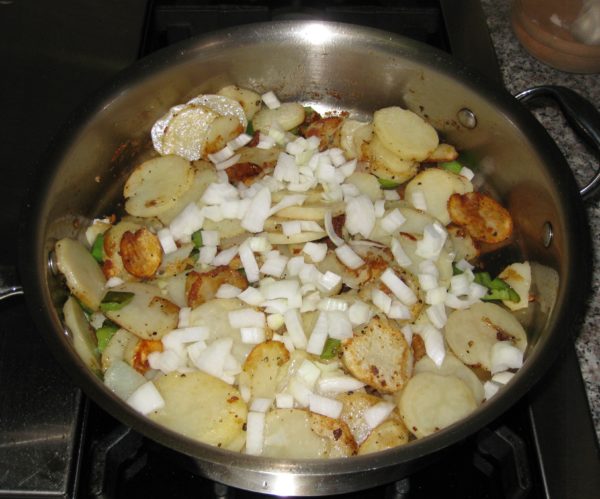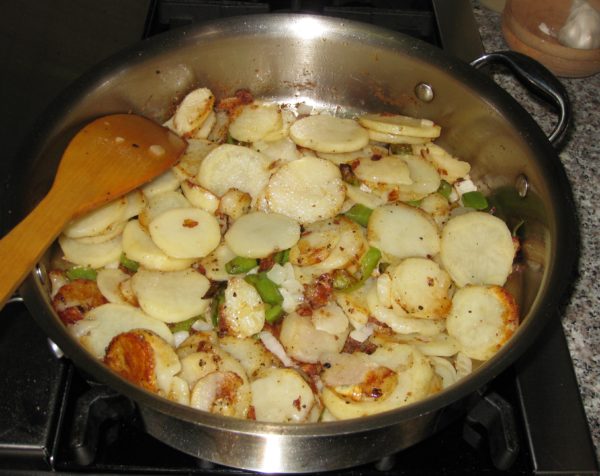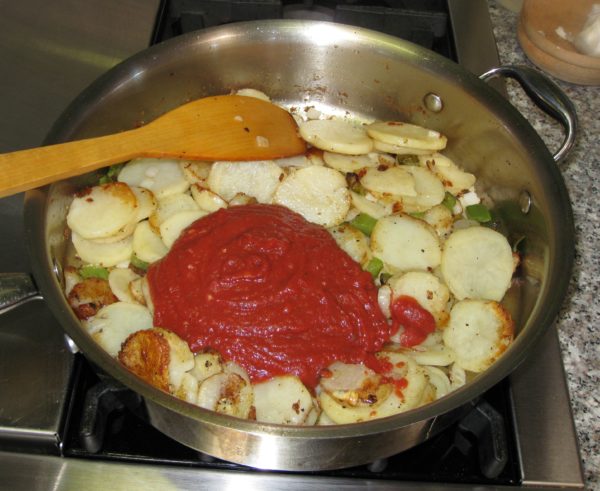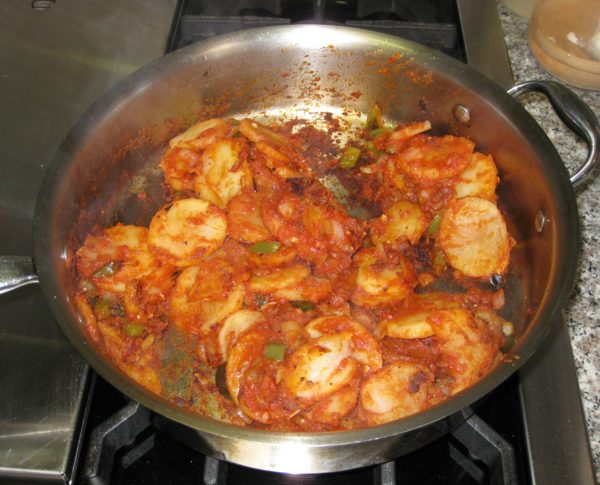January 13, 2021
January 7th is International Porchetta Day.
It was declared so by the participants in a charcuterie class at the Italian Culinary Institute in January 2019.
There is a private Facebook group of individuals who subscribe to the cult of porchetta. We agree to make porchetta annually on January 7th.
The charcuterie class in question began on January 7, 2019, one week before my three-month Master of Italian Cuisine course began. I made a point of getting to Italy early, really early, as I didn’t want to find myself in class with a sharp knife in my hand the day after landing, jetlagged from a 29-hour trip and an eight-hour time change.
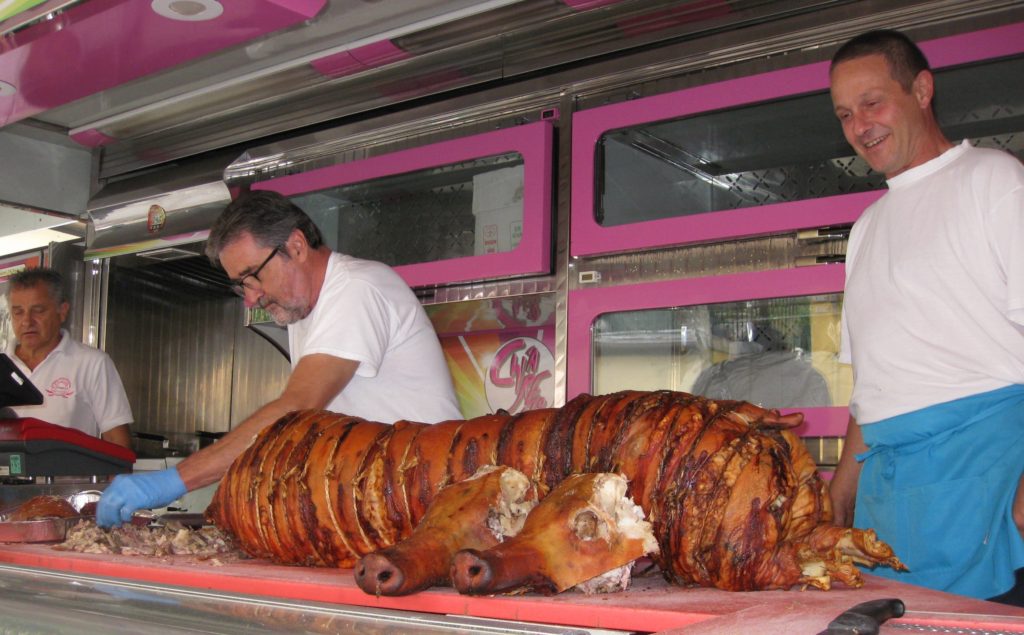
I arrived the evening of January 8th, almost a week before my course started. I was invited to go to dinner with the charcuterie class. I described that first chaotic day in my first dispatch from Calabria.
Join our mailing list and you’ll never miss a recipe again!
The next day, Chef John invited me to sit in on the charcuterie class. Although not officially part of the class, I shared meals and course time with the group.
When International Porchetta Day was declared, with the date matching the first day of the charcuterie course, I became a member.
Traditionally porchetta is made with a whole pig, and not a small suckling pig, but a BIG one!
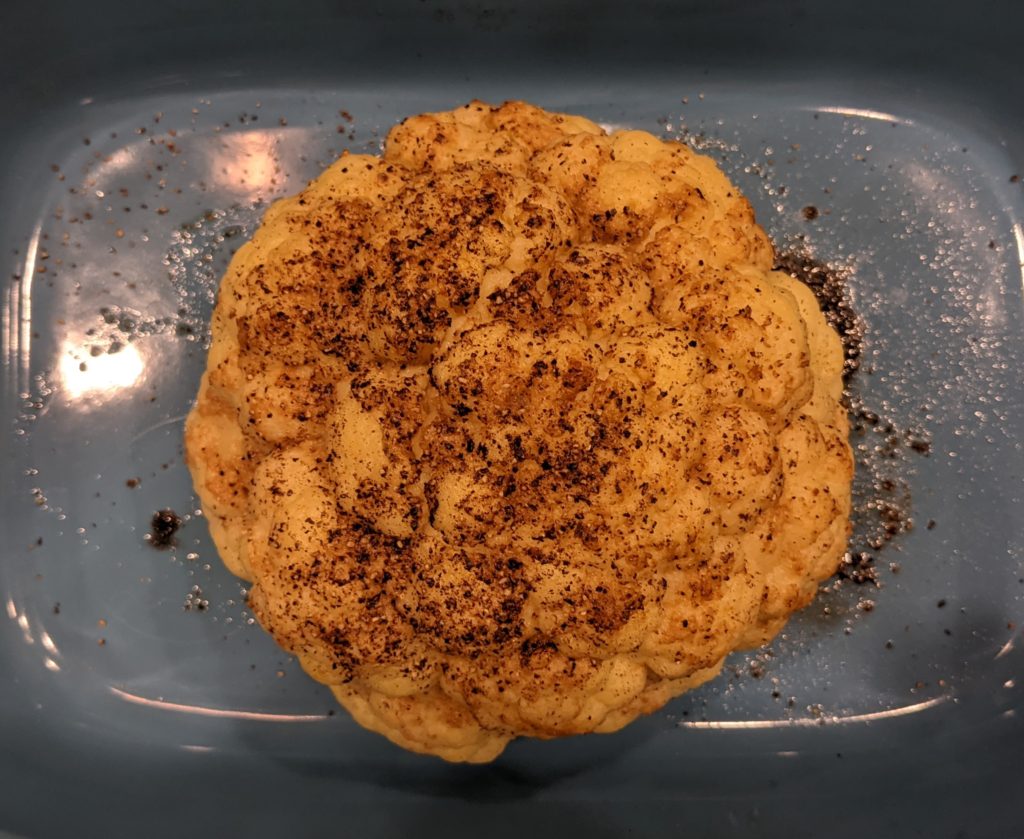
When porchetta is made at home, it’s done with a smaller cut of meat. I use the shoulder, aka Boston Butt. At the Italian Culinary Institute, they use two cuts, the capo collo and a pork belly. The capo collo is a long muscle group in the shoulder that, in essence, is a large cylinder. The shoulder, and by extension the capo collo, contain beautiful marbling that makes a luscious roast.
At the Italian Culinary Institute, the belly is rolled around the capo collo. The fat of the belly protects the capo collo. It also makes a beautiful presentation. It also adds about 8 pounds to the weight of the roast. So, unless you’re cooking for a very large crowd, using the shoulder alone will more than likely be ample.
Given the limitations of the lock-down in Palm Springs where I’ve been sheltering in place, six of us, members of our COVID Pod, celebrated International Porchetta Day.
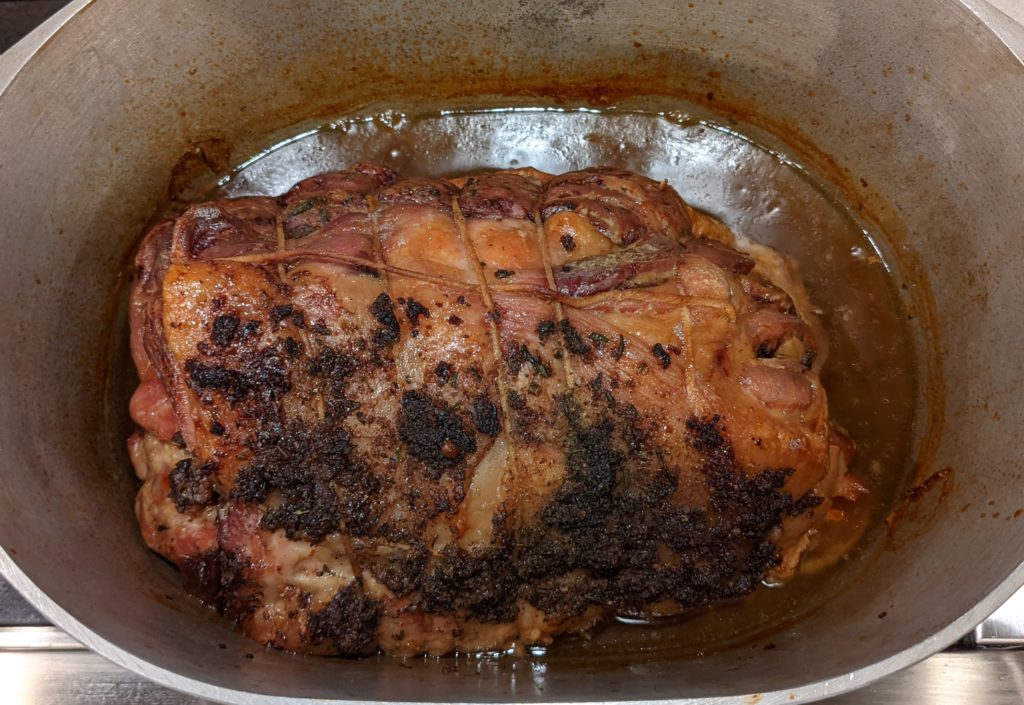
Porchetta was obviously the centerpiece of the meal and I made my traditional version. Here’s a link to my Porchetta recipe.
I focused on side dishes that would compliment the roast and settled on a whole roasted cauliflower and a Roman dish called Carciofi e Patate (artichokes and potatoes). For dessert we had an Olive Oil Cake.
Follow us on your social media platform of choice
Carciofi e Patate is traditionally made with whole artichokes, lots of them! In season, one can buy 12 artichokes for €1 in Italy! That’s right, about 10¢ each!!! I once used 12 artichokes when I made the dish as part of Easter Dinner. I spent more than $50 on artichokes for that one dish. Clearly when Italians describe the dish as “economical” they have no idea about artichoke prices in the United States.
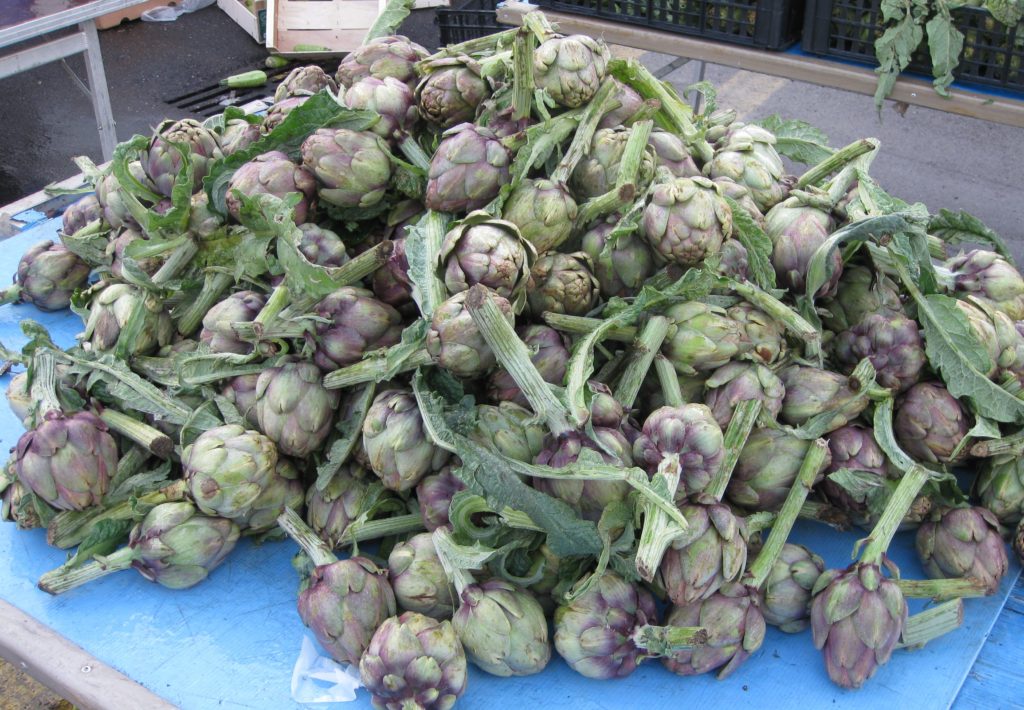
While I prefer the dish made with fresh artichokes, I won’t do that again until I’m in Italy during artichoke season. Frozen artichokes work well and are much more budget-friendly.

| Prep Time | 20 minutes |
| Cook Time | 45 minutes |
| Servings |
people
|
- 12 ounces frozen artichokes
- 2 1/2 pounds russet potatoes
- 3/4 medium onion diced
- 2 cloves garlic minced
- 6 tablespoons extra virgin olive oil
- 1/4 cup dry white wine
- 2 tablespoons minced parsley
- salt to taste
- black pepper freshly ground, to taste
Ingredients
|

|
- Peel potatoes and cut in 8 wedges unless the potatoes are very large or very small.
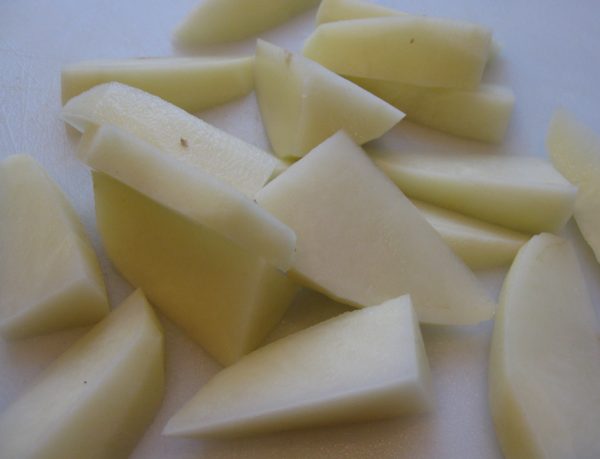
- Brown the potatoes in the three tablespoons of extra-virgin olive oil in a large sauté pan over high heat.
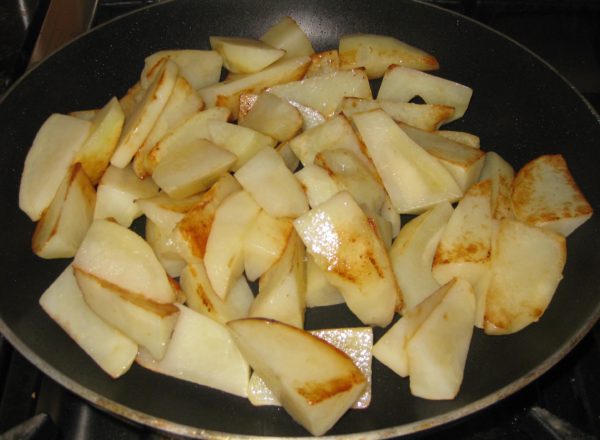
- When the potatoes are well-browned, reduce the heat to medium. Add half the onions and garlic.
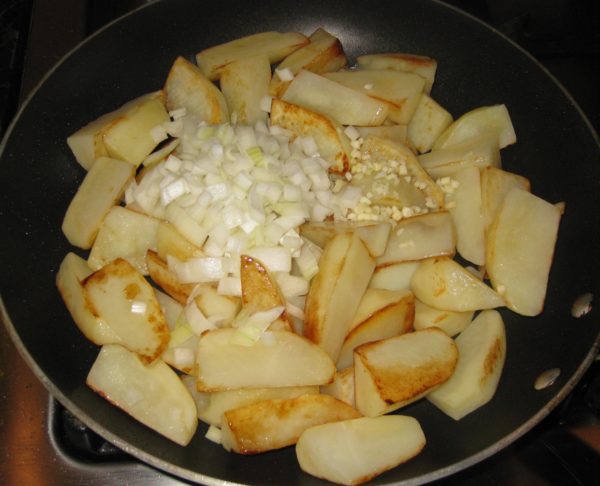
- Sauté until the onion is golden.
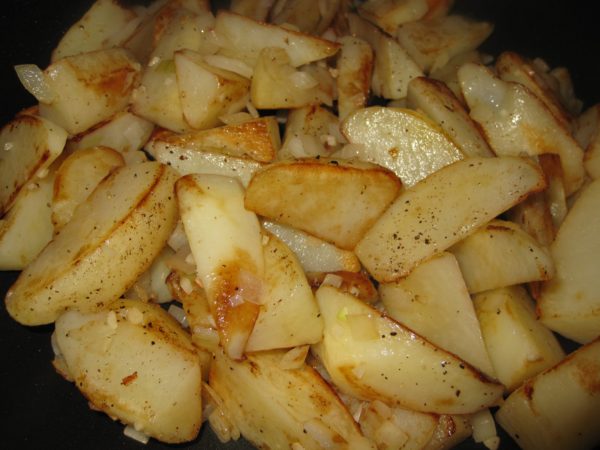
- Season with salt and freshly ground black pepper to taste. Add approximately ½ cup of water. Cover and cook on medium heat until cooked through, adding more water as needed, approximately 25 minutes. There should be no water left when the potatoes are cooked.
- Meanwhile, sauté the remaining onions and garlic in the remaining extra-virgin olive oil in a sauté pan.
- When the onions are golden, add the artichokes and salt and pepper to taste. Sauté briefly.
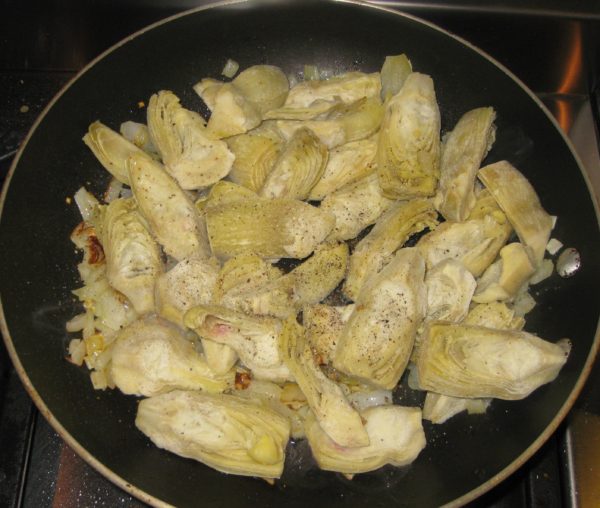
- Add white wine, cover and braise until barely tender, approximately 10 minutes. The artichokes will cook further with the potatoes so do not over-cook them.
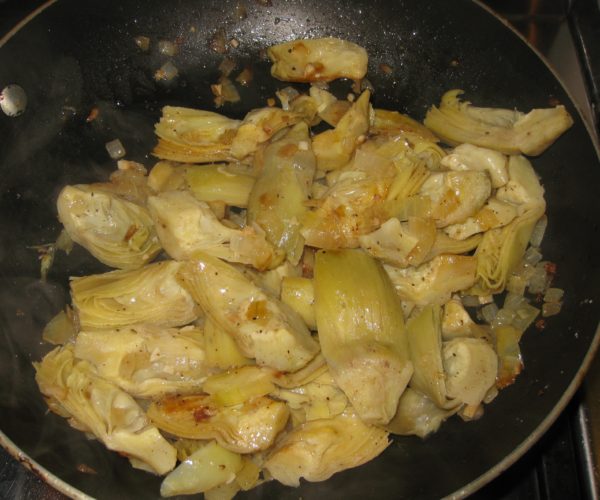
- Add artichokes to the pan with the potatoes.
- Sauté, uncovered, about 10 minutes longer, to meld flavors. Adjust salt and pepper.
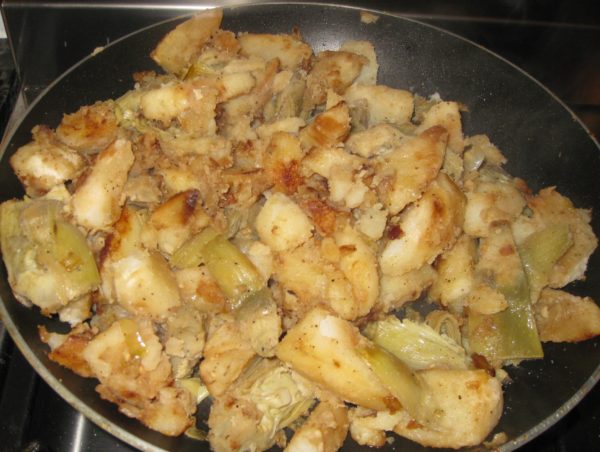
- Stir in parsley and serve.
Copyright © 2021 by Villa Sentieri, LLC. All rights reserved.

